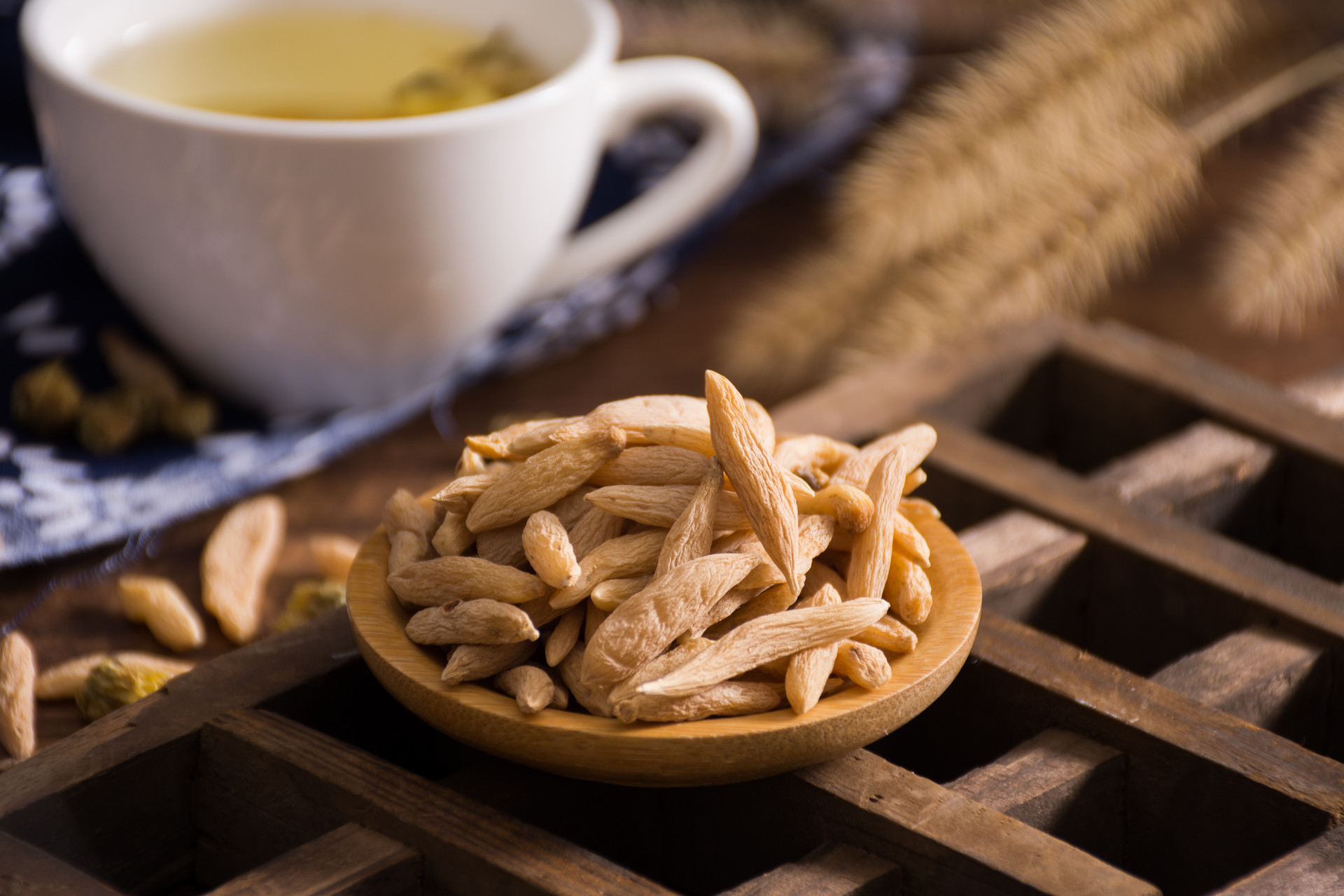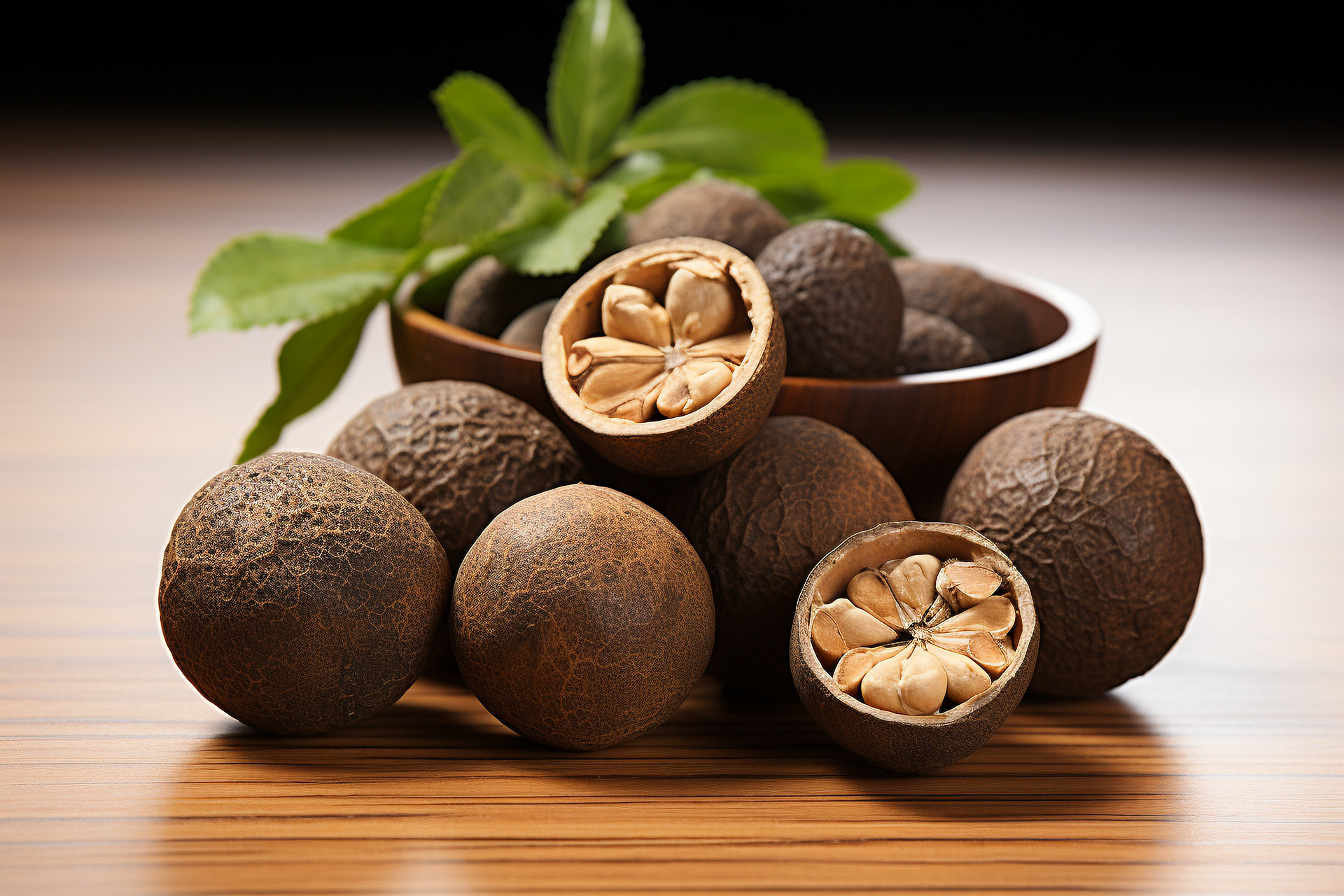Chenqianzi is the dried mature seed of the plant Chenqian or Ping Chenqian in the Plantaginaceae family. It has the functions of clearing heat and promoting diuresis, promoting dampness and eliminating leaching, improving vision, and resolving phlegm. It has a mild and effective action and is widely used in clinical applications. It has been found in the pharmaceutical inspection work that there is a serious problem of adulteration of Chenqianzi. At the end of 1998, a survey was conducted on Chenqianzi from 22 business and medical units in a certain city, and the pass rate was only 63%, which is concerning. The common counterfeit products encountered in the work are listed below.
I. Genuine Chenqianzi seeds are oval-shaped, irregularly elongated or triangular elongated, slightly flattened, about 2mm long and 1mm wide. The surface is yellow-brown to black-brown, with fine wrinkles, and one side has gray-white concave-shaped umbilical points. The texture is hard, the odor is slight, and the taste is mild.
II. Common counterfeit products
1. Fried Tenglizi or Tenglizi
(1) Fried Southern Tenglizi or Southern Tenglizi: The seeds are elongated and slightly flattened, about 1mm long and 0.5mm wide. The appearance is brown, reddish-brown, or black-brown (fried), with one end bluntly rounded and the other end nearly truncated, often asymmetric on both sides. Under the dissecting microscope: there are fine dense reticulations and two longitudinal stripes are visible. The odor is slight and the taste is slightly pungent.
(2) Fried Northern Tenglizi or Northern Tenglizi: The seeds are flat-ovate, about 1.5mm long and 0.5-1mm wide, with one end bluntly rounded and the other end gradually pointed and slightly concave, with white dots (umbilicus) at the concave part. There are many fine granular protrusions on the surface, and two shallow grooves with longitudinal arrangement can be seen.
2. Qing Xiangzi: The seeds are flat and round, with a few kidney-shaped ones, with a diameter of 1-1.5mm. The surface is black or reddish-black, shiny, slightly raised in the middle, and there is an umbilicus at the depression on the side. The seed coat is thin and brittle. It has no odor and taste.
3. Jing Jiezi: It is elliptical and trihedral, about 3mm long and 1mm wide. The surface is yellow-brown to brown-black, slightly smooth, with fine yellow-white fruit stem marks at one end, and the texture is loose and crispy with a fragrant smell and a mild taste.
4. Wu Wei Zi: The seeds are triangular, about 2-3mm long and 1.5mm wide. The surface is gray-brown to gray-brown with dark spots. One end is slightly wider and flat, and the other end gradually narrows and tapers. The fruit skin is thin, and the cotyledons are white and oily. It has no odor and a bitter taste.
5. Dang Shen Zi: The seeds are ovate-elliptical, about 1.5-1.8mm long and 0.6-1.2mm wide. The surface is brownish-brown and glossy. Under a microscope, it can be seen that it is covered with longitudinal shallow grooves, the top is bluntly rounded, and the base has a circular concave umbilicus. The texture is hard. The odor is slight and the taste is slightly bitter.
6. Xiao Chenqian: It is boat-shaped and oval, about 3mm long and 1.5mm wide. The surface of a few seeds is reddish, slightly shiny, and slightly transparent; the majority of the seeds are covered with a gray-brown membranous mucous layer on the dorsal and ventral sides. The dorsal side is raised, and the ventral side is concave in the middle, resembling a boat. The odor is slight and the taste is slightly salty.
7. A seed that needs to be identified: The seed is heart-shaped and flat, about 1.3mm long and 0.7mm wide. The surface is gray-white and smooth. Under a dissecting microscope, irregular brown patterns can be seen. The odor is slight and the taste is slightly bitter.
- Home /
- Chinese Medicinal Materials /
- Identify /
- Contents
The Problem of Adulteration in Chenqianzi: Identifying Common Counterfeit Products
Everyone Is Watching
-
 The Efficacy and Effects of Honeysuckle in Traditional Chinese Medicine
The Efficacy and Effects of Honeysuckle in Traditional Chinese MedicineHoneysuckle, also known as Lonicera, is a common and valuable plant in traditional Chinese medicine. Since ancient times, honeysuckle has been widely used in the field of traditional Chinese medicin
April 9, 2024 -
 The Benefits and Effects of Ginseng: Exploring the Miraculous Medicinal Treasure
The Benefits and Effects of Ginseng: Exploring the Miraculous Medicinal TreasureGinseng, a widely recognized precious medicinal herb around the world, has been hailed as the "King of Herbs" since ancient times. In Asian regions such as China, Korea, Japan, and Russia, ginseng i
March 26, 2024 -
 Comparing Turmeric, Curcuma, and Zedoary: Promoting Blood Circulation and Regulating Qi
Comparing Turmeric, Curcuma, and Zedoary: Promoting Blood Circulation and Regulating QiTurmeric, Curcuma, and Zedoary are three herbs that all have the ability to promote blood circulation and regulate qi. They are commonly used together in clinical practice, but they do have some sligh
February 22, 2024 -
 Coptis: A Closer Look at its Morphological Characteristics
Coptis: A Closer Look at its Morphological CharacteristicsThe morphological characteristics of Coptis: rhizome, yellow, often branched, densely covered with numerous fibrous roots. Leaves with long petioles; leaf blades slightly leathery, ovate-triangular,
December 22, 2023 -
 Qianghuo: A Powerful Herb for Joint Health and Pain Relief
Qianghuo: A Powerful Herb for Joint Health and Pain ReliefQianghuo is the root of the umbelliferous plant Qianghuo. It has a warm nature, a bitter taste, and enters the bladder and kidney meridians. It has the effects of dispelling exterior cold, expell
December 13, 2023

Hot Picks
-
 1Distinguishing Similar Plant Species: A Comparative Study
1Distinguishing Similar Plant Species: A Comparative StudyRose and Rose The former has a round ball shape, pink or purple color, and elongated sepals. The latter has a slightly spherical shape, mostly purple color, and spherical sepals. North American
February 27, 2024 -
 2Bitter Sophora Root: Identification and Adulterant Testing
2Bitter Sophora Root: Identification and Adulterant TestingBitter Sophora Root, which is long cylindrical in shape, often branches at the lower part, measuring 10-30cm in length and 10-30cm in diameter. The surface is grayish-brown or yellowish-brown, with lo
January 31, 2024 -
 3Hawthorn: A Traditional Chinese Medicine for Digestion and Stasis
3Hawthorn: A Traditional Chinese Medicine for Digestion and StasisHawthorn is a commonly used traditional Chinese medicine. It was first recorded in the Tang Dynasty's "Newly Revised Materia Medica". It has the functions of promoting digestion, resolving food stag
January 28, 2024 -
 4Identifying Genuine Snow Lotus Flower: Characteristics and Differences
4Identifying Genuine Snow Lotus Flower: Characteristics and DifferencesSnow lotus, also known as snow lotus flower, big toe flower, big wood flower, is a flowering herb of the Asteraceae family, including species such as Saussurea laniceps, Saussurea macrophylla, and Sau
December 1, 2023 -
 5Identifying Adulterated Longan Meat: Appearance, Smell, Touch, and Taste
5Identifying Adulterated Longan Meat: Appearance, Smell, Touch, and TasteLongan meat, also known as dried longan, yizhi, or mipi, is the false seed coat of the longan plant, a member of the Sapindaceae family. It has a warm nature and a sweet taste, and enters the heart an
November 28, 2023

